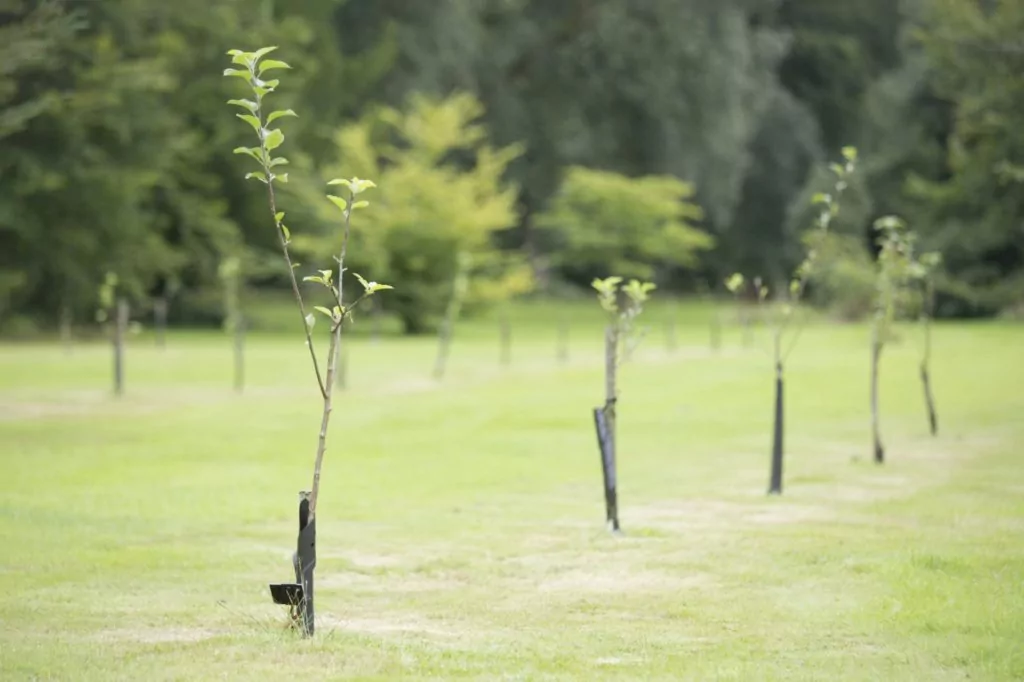
The England Tree Strategy consultation – Impact on developers and infrastructure

The Department for Environment, Food and Rural Affairs on 19 June 2020 launched a consultation on plans to update policy for trees, woodland and forestry. The closing date for responses is currently 11 September 2020.
The England Tree Strategy will inform how elements of the Nature for Climate Fund ("the Fund"), amounting to £640 million will be used to increase tree planting to 30,000 hectares per annum by 2025.
Why is the consultation relevant:
The new tree strategy forms part of a wider Government policies on sustainability and biodiversity. The strategy will impact on developers and infrastructure providers with greater requirements to include tree planting on new development and reform of the TPO regime.
What is covers:
The consultation is split into four main pillars.
- Expanding and connecting trees and woodland –increasing woodland cover in England from 10% to 12% by 2060 through removing barriers to establishing trees and woodlands. The Government's aim is to make it "economically attractive" to plant new trees via grant support and provide greater clarity on how trees planted between now and 2024 will be considered under the ELMS (Environmental Land Management Scheme).
- Protecting and improving our trees and woodland – This will be achieved through active management via forestry management and harvesting as well as reviewing current regulation, notably the Tree Preservation Orders (TPOs) and the Forestry Act. The strategy aims to provide greater clarification of the criteria for making TPOs, including consideration of ecosystem services values.
- Engaging people with trees and woodland – New targets for tree canopy cover are suggested to encourage businesses and local communities to be involved with the planting of more trees. Tree canopy cover in England is 16% on average in urban areas. The Government want to find new ways to address the cost and funding challenges of maintaining and planting more urban trees.
- Supporting the economy – Adapting current legislation in order to trial short-rotation forestry to all landowners and increasing the market for wood products.
Other aspects of importance:
The introduction of the ELMS will provide more effective grant support for woodlands combined with other new incentive schemes and agreements which are part of the Countryside Stewardship.
Potential impacts of the strategy on development and infrastructure:
- Development sites will soon be required to achieve biodiversity net gain, which is being introduced through the Environment Bill. The aim of this is to reduce the risk of pre-emptive habitat and tree clearance. Developers will be required to demonstrate the biodiversity benefit of trees and woodland will be delivered through the development.
- Greater costs for business associated with tree planting. Some of the most important issues to consider are; root damage, subsidence, leaf fall and wildlife strikes (particularly on roads and railways), sap and pollen damage. Woodland corridors could also provide conduits for invasive species and disease.
- Amendments to the TPOs. More flexible management of TPOs could encourage more widespread tree planting if there is less risk of land becoming sterilised once TPOs are in place.
If you'd like more information, you can get in touch with our development lawyers or energy and infrastructure team for legal advice.









